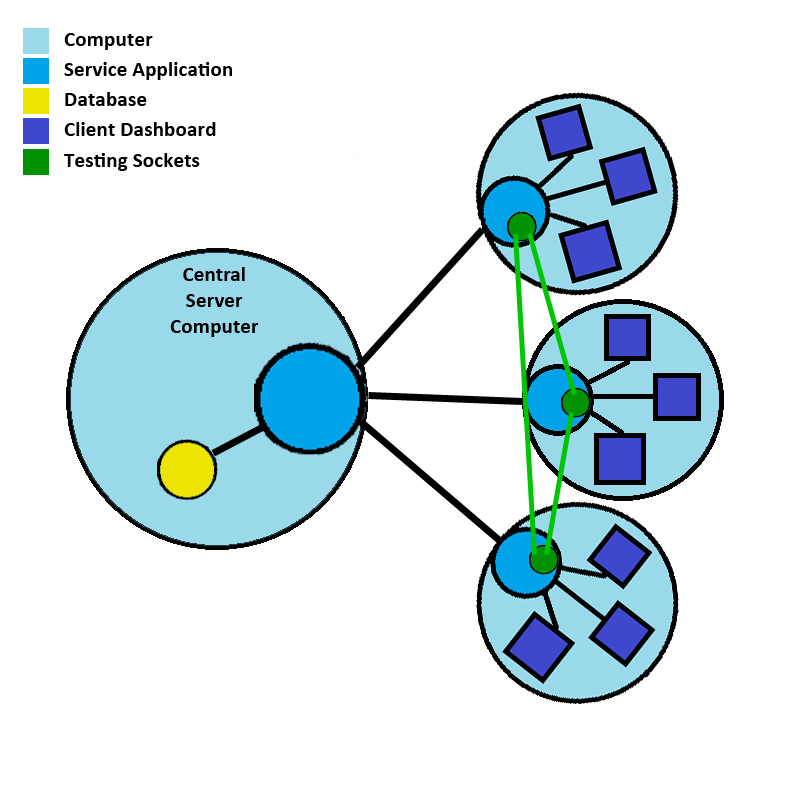I've been craving a new toy to play with in Delphi, and was wondering if there is anything already out there which can help with testing network/internet connections. My goal is to build something similar to ookla's speedtest, but running as a tray icon.
At any moment, I can click the tray icon and it will show me a balloon with the most recent test results. It will automatically run a test every so often as specified by user, and record those results. If it recognizes the speed is slower than usual, or otherwise any unusual fluxuations, it can alert the user.
Now I know this will also require a server to connect to - I need to build that server as a windows service application. I tried to start the project already using raw sockets, but it quickly got really complex. I basically already have the shell of the system done, I just need the guts to make it work.
I also thought of making this a cross-network tester, where a service on all the computers on a network will be running both a client and server socket, and they can call connect to each other to test speeds. This would be an awesome tool, as it can help large network setups to monitor performance and identify where changes need to be made in network configuration.
JD Solutions
At any moment, I can click the tray icon and it will show me a balloon with the most recent test results. It will automatically run a test every so often as specified by user, and record those results. If it recognizes the speed is slower than usual, or otherwise any unusual fluxuations, it can alert the user.
Now I know this will also require a server to connect to - I need to build that server as a windows service application. I tried to start the project already using raw sockets, but it quickly got really complex. I basically already have the shell of the system done, I just need the guts to make it work.
I also thought of making this a cross-network tester, where a service on all the computers on a network will be running both a client and server socket, and they can call connect to each other to test speeds. This would be an awesome tool, as it can help large network setups to monitor performance and identify where changes need to be made in network configuration.
JD Solutions

